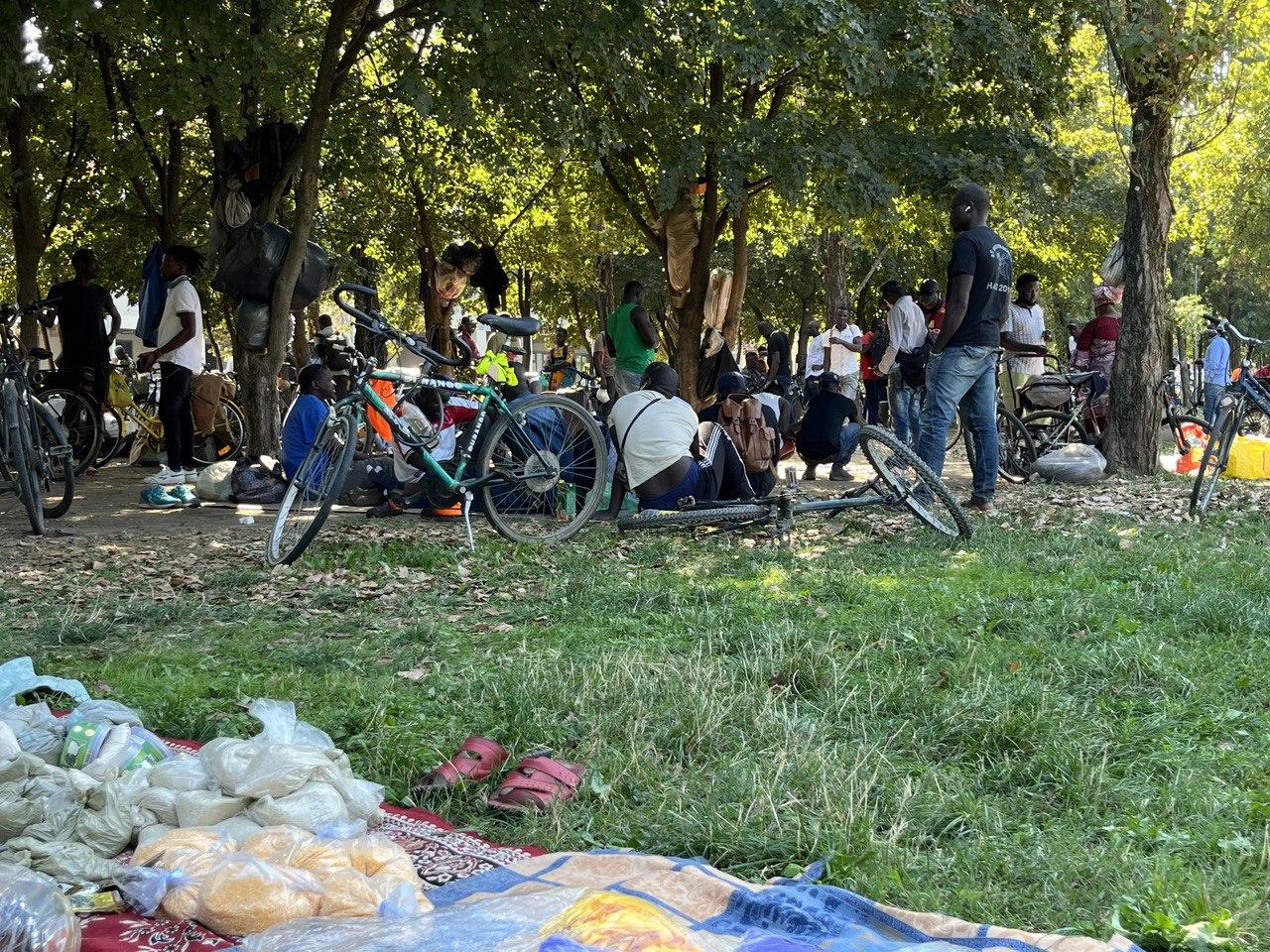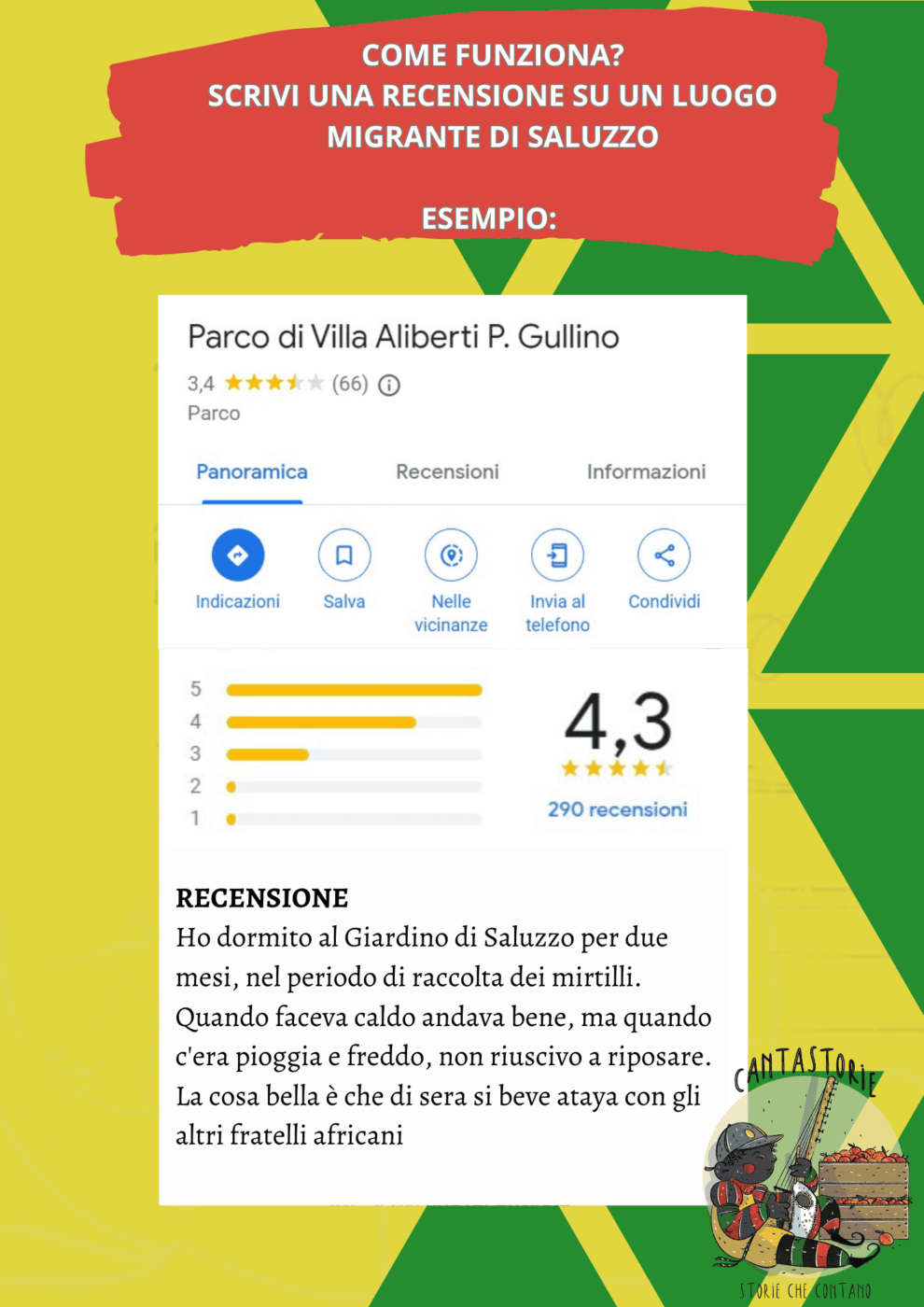Node 04 - Experimental
Ended
February - September 2023
Countries: Italy
Nodes: Saluzzo
Racialized Labor in Saluzzo’s Agricultural Landscape
The research navigated the challenges posed by the rural and racialized aspects of the Saluzzo area and its agricultural district
A significant flow of migrant labour has historically characterized modern agriculture in Saluzzo. In the 60s and 70s, when production undertook the modernization process and was turned into an industry, it was the inhabitants of the neighbouring valleys who provided the necessary labour during harvest times in the newly established plantation fields. “In order to resist misery, the people of the valleys often did double work: the master’s field during the day and their own at the evening”, explains me Lele, a local historian and anarchist activist from Val Varaita. After that, it was the time of southern Italians, coming especially from the Apulia region. The Albanians immigrated in large numbers during the 1990s and many continue to reside in the present day. With the Schengen enlargement, Poles and Romanians were given the opportunity to exercise their right to freedom of movement within the EU. As a result, they migrated to other EU countries in search of job opportunities. This increased mobility to the Saluzzo area, too. Since 2008, sub-Saharan Africans have increasingly become the primary actors in this labour migration story. Aside from foreign seasonal workers, it is crucial to emphasize the important labour contribution of non-standard subjects of capitalist production such as housewives, young people and the elderly. It is always the same story: the extraction of extra surplus value from the underpaid labour of more vulnerable subjects.
Because of its geomorphological characteristics and favourable climate, the plain around Saluzzo is particularly suited to agriculture and livestock farming. Local fruit production has ancient origins. (Botta, Beccaro, & Mellano, 2015) (Carlone, 1955), but it was only in the aftermath of World War II, during the so-called Italian ‘economic miracle’ of the 1960s, that farming began to take shape as a modern industry. Today, we have an economy based on exporting plantation products which is integrated into the global corporate food system. (McMichael, 2013) The Saluzzo district is a major fruit production area in Italian agriculture, with around 17,500 hectares of farmland dedicated to growing apples, pears, kiwis, peaches and blueberries. According to estimates by Confederazione Italiana Agricoltori and Coldiretti, which are the primary producer associations of the Italian agricultural sector, only 20% of the fruit produced in Saluzzo district is consumed domestically, while the remaining 80% is exported internationally. Not only in EU Northern countries but also in markets worldwide, from Saudi Arabia and Brazil to the USA, Egypt, and Southeast Asia, which is the latest market frontier. Local agricultural companies are part of extensive distribution networks that are connected to global food industry value chains. Large retail companies control the prices and act as the main food authorities today. (Burch & Lawrence, 2007)
In the Saluzzo district, there are over 7,000 agricultural firms that employ roughly 6,400 full-time workers (Garassino, 2019) and 10,000 to 12,000 seasonal workers. (Centro per l’Impiego – Saluzzo, 2023) Although the global market has favored larger firms, smaller ones still dominate. On average, these units are family-owned and operated, with families and/or one or two permanent employees working, employing no more than five or six seasonal workers.
Fruit production is a crucial aspect of the Saluzzo region’s economy, if not the most important.
Researchers
M. Lovato, C. Cassarini(in collaboration with) I. Bonnin (MOBS)






